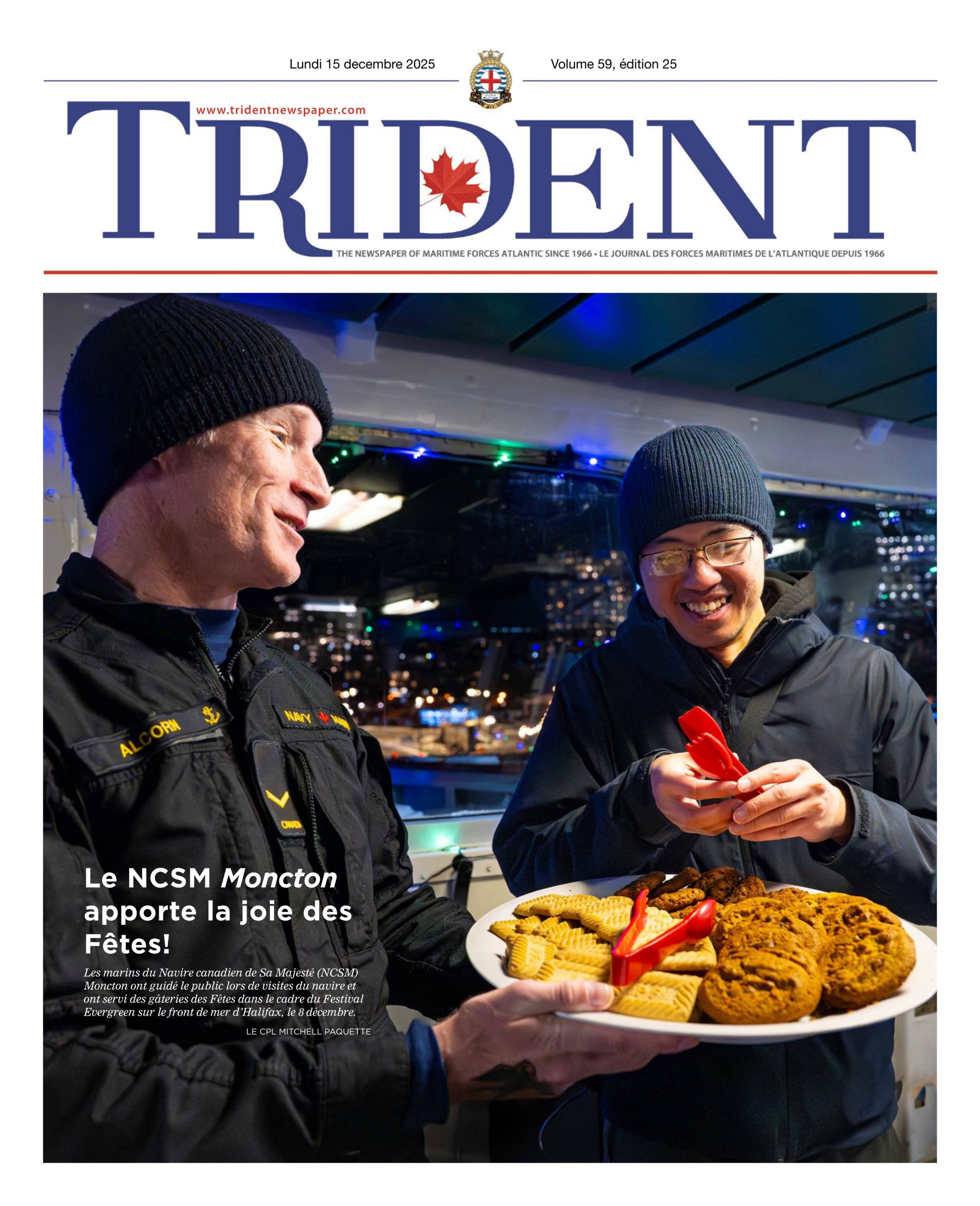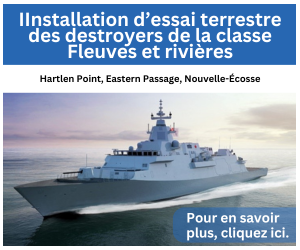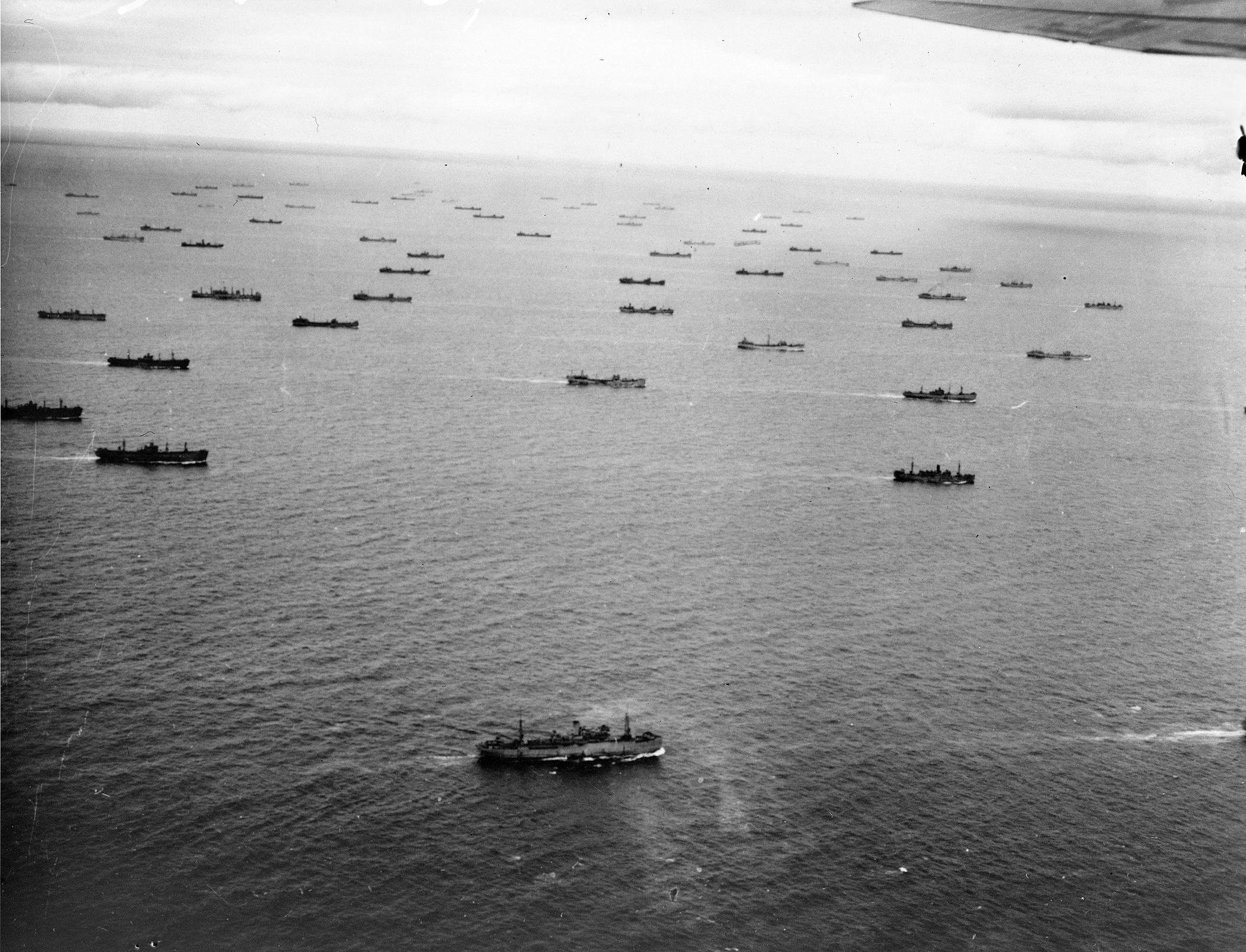
SOUMIS
The Battle of the Atlantic, 1939-1945
By John Knoll,
Heritage Officer, Royal Canadian Navy
Every year on the first Sunday in May, the Canadian Navy family gathers to commemorate the Battle of the Atlantic – to honour the struggle, sacrifice, and loss, but also to celebrate the heroism and courage in the face of daunting obstacles: horrible weather and high seas, rough little ships and cramped quarters, and the ever-present threat of attack by submarines lurking below.
Because we can’t gather in person this year, the 76th anniversary of the end of that Battle, it may be more important than ever to know more about what we are commemorating, and why.
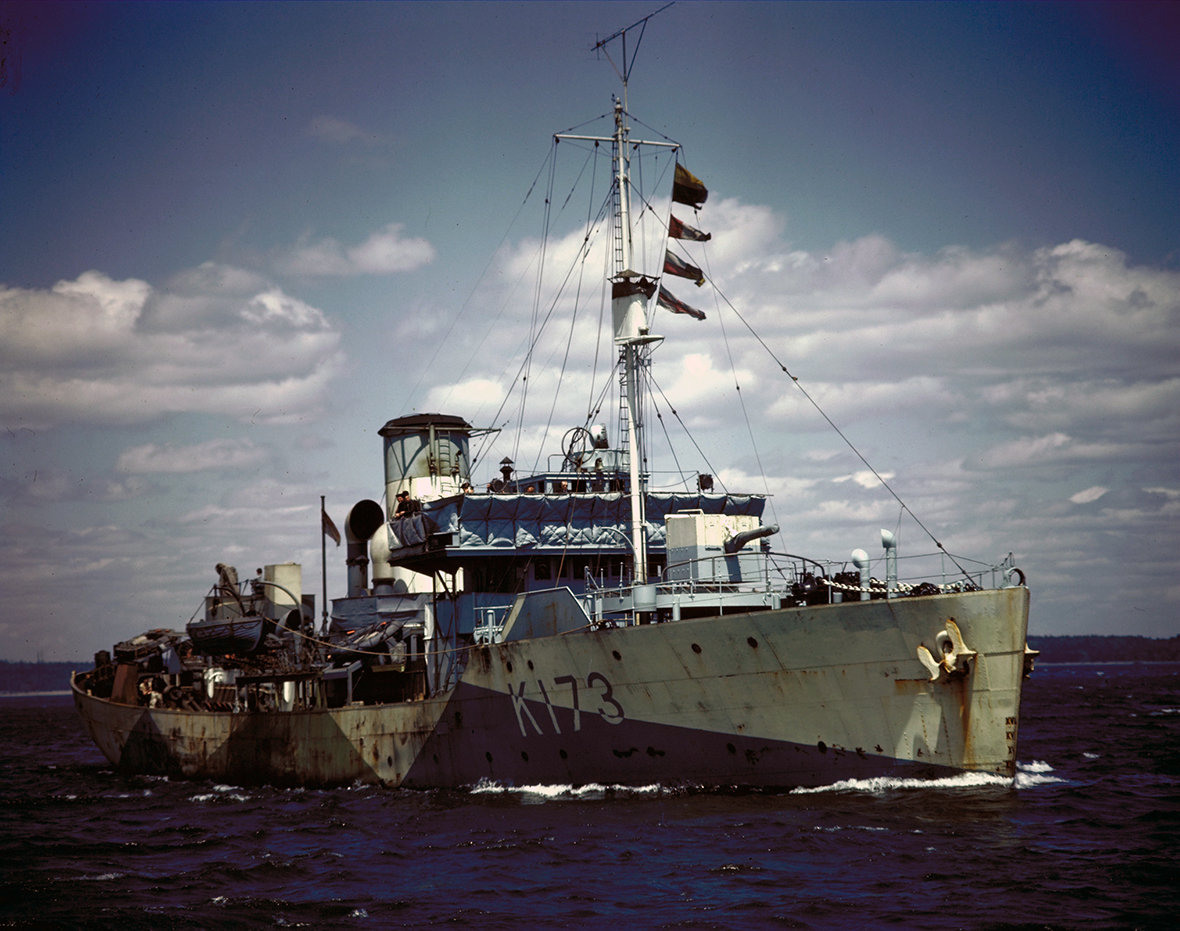
SOUMIS
What was the Battle of the Atlantic? Why does it matter?
The importance of the Battle of the Atlantic simply can’t be overstated: it is universally acknowledged that without victory in the Atlantic, Allied victory in the Second World War would not have been possible.
Even British Prime Minister Winston Churchill, not known for expressing doubt or fear, wrote in his memoirs that the only thing that ever really frightened him during the war was the threat posed by German submarines in the Battle of the Atlantic.
It was the longest Battle of the Second World War, lasting from the outbreak of hostilities in September 1939 until victory in Europe in May 1945. It completely transformed the Royal Canadian Navy from a tiny, ill-equipped and under-trained force into one of the largest navies on earth, quickly expanding to fifty times the personnel and hundreds of ships.
Victory came with a high cost: 4,600 Canadian lives, including members of the Navy, the RCAF, the Merchant Navy, and the Wrens (the Women’s Royal Canadian Naval Service).
How did it start? Why was it necessary?
With continental Europe under Germany’s control, the United Kingdom stood alone against the Nazi threat. To sustain Britain’s war effort, supplies of food and war materials from the rest of the world had to be shipped there. To try to cut Britain off and starve the island nation into submission, Germany used all-out submarine warfare – making no distinction between military warships and civilian merchant vessels. In response, convoys were formed, with warships (called escorts) protecting the merchant ships carrying the supplies. In addition to the Atlantic convoys, there were Arctic convoys that carried vital supplies to the northern ports of the Soviet Union, to help that country in its fight against Nazi Germany.
The strategy of the convoys was to place ships together in a relatively small area to give the enemy less open space in which to attack, and to increase enemy losses by concentrating the escorts. But the escorts were often outnumbered, ill-equipped, and short of sailors, with those they had often having been hastily trained.
Convoys
There were two main types of convoys:
Slow convoys (SC) were ships that went less than 9 knots, usually even slower, with 7 knots being a common speed. They went from Sydney, Nova Scotia to Liverpool, UK, taking about 20 days. There were 117 of these convoys during the Battle of the Atlantic, with a total of over 6800 ships, of which about 340 were lost.
Fast convoys (HX) left from Halifax, and later New York City, and typically made the crossing to England in 15 days. There were 377 of these convoys, for a total of more than 20,000 ships, with 200 ships lost.
The largest convoy of the war was HX 300 in July-August 1944, with over 160 ships. It arrived without incident and with no losses.
The main Canadian escort ships for these convoys were the corvette, the frigate, and the destroyer (see photos).
Anti-Submarine Warfare
With the enemy conducting unrestricted submarine attacks, the greatest challenge was Anti-Submarine Warfare, or ASW, and early in the war, the Allies were not well prepared to meet the challenge. The main ASW weapons were ASDIC (sonar) and depth charges launched from ships to attack submarines below. Both had limited effectiveness: sonar only worked when the submarine was submerged but U-boats (German submarines) routinely operated on the surface at night. With depth charges, the ship had to break sonar contact to use them because they were delivered from the stern while the sonar pointed forward.
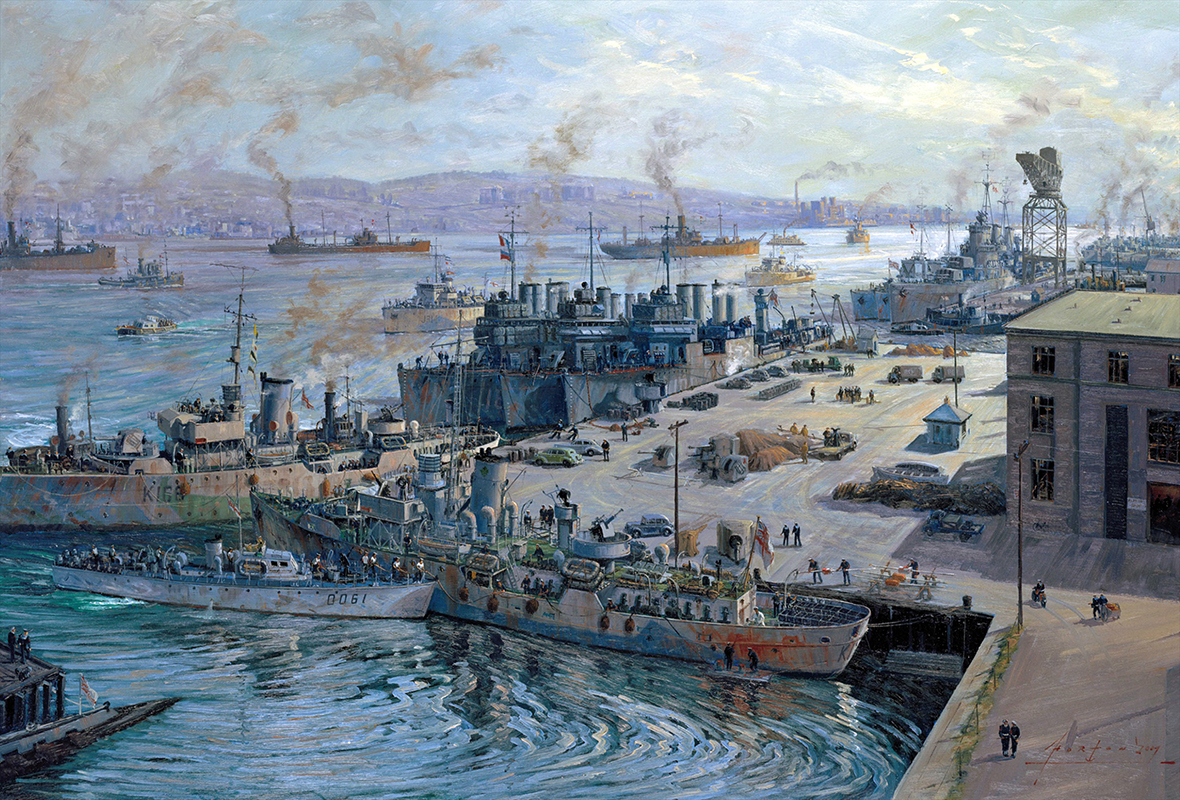
SOUMIS
However, with mounting losses of lives and ships as motivators, ASW weapons and tactics improved rapidly over the course of the war, to the point where the Allies eventually had the upper hand on the U-boats. The development of multi-ship tactics, where one ship tracked the U-boat while others attacked, helped reduce losses, as did the deployment of forward-throwing weapons such as the Hedgehog and the Squid.
Newer technologies like radar and HF/DF, though slow to be installed in Canadian corvettes, also helped turn the tide in the battle against submarines. HF/DF (‘Huff-Duff’), short for High-Frequency Direction Finding, allowed ships to pick up radio transmissions from U-boats and track their locations. The capture of the Enigma machine, a German encryption device, allowed the Allies to decode U-boat transmissions, and this ability to decode, combined with HF/DF, allowed the Allies to track, intercept, and translate U-boat communications, offering a decisive advantage.
Air cover and the mid-Atlantic gap
Air power was an essential part of the Battle of the Atlantic, with both the Royal Canadian Air Force and the RCN’s own naval aviators protecting convoys by spotting and hunting submarines. However, with the limited range of aircraft at the time, there was a section of the Atlantic that could not be reached by land-based warplanes. In this Mid-Atlantic Gap, called the Black Pit by sailors, the convoys were especially vulnerable, but by May 1943 the gap was closed thanks to the increasing use of Very Long Range Liberator bombers and Escort Aircraft Carriers.
The legacy
During convoy duty in the Battle of the Atlantic, HMC Ships sank 33 enemy submarines: not insignificant, but a small percentage of the 1000 subs sunk by the Allies in the war. The true measure of success was in safely escorting merchant ships, and in this the RCN made its mark. A very large portion of the 25,000 ships shepherded safely across the Atlantic got there under Canadian escort. In the struggle against the U-boats, and the lessons learned from it, the RCN found its area of expertise for the next 50 years, in anti-submarine warfare.


